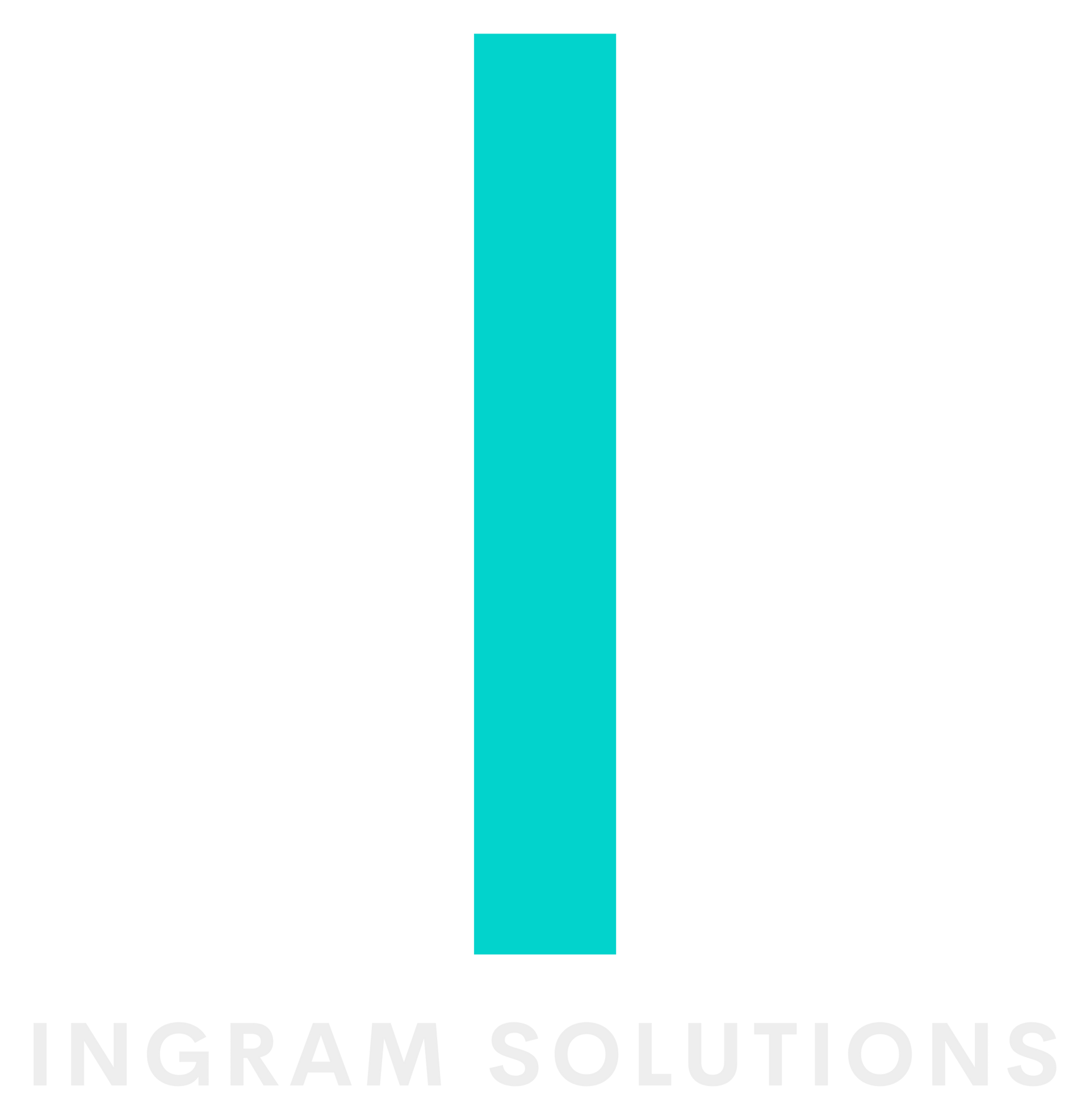Walk A Mile in Your Client's Shoes
Control How Delighted Customers are to Buy (and Keep Buying) from You
Imagine Your Customer Journey
Thought Experiment 1:
What's a product or service you love? How did you become aware of your need for that type of product or service? How did you find that specific item you like so much? How did you pay for and receive it? Was the product/service everything you expected and were promised? How easy is it to re-order, get help, or have it serviced?
Thought Experiment 2: Think of the last time you felt like pulling your hair out just trying to find / buy or re-buy / use / get support with a product or service that felt so simple!? How often do you experience this friction? Conversely, when was the last time you were positively delighted by this same journey and left saying to yourself, "wow, that was easy/great!"? If you're anything like me, far too rarely! (insert sobbing)
Often, our experience is acceptable. Though more often than ought to be the case, it leaves something to be desired.
- Was the eCommerce site photography sub-par and so you couldn't clearly see what the item looked like?
- Have you had challenges selecting, buying, and installing the correct toner for your home printer?
- Were you waiting in queue too long, perhaps even at the front not even acknowledged by the staff, questioning whether to stay or go?
- Was your desired form of payment not accepted?
- Perhaps the tracking number for your order didn't work or wasn't updating until the item had already been delivered? And once delivered, the package was not left according to the instructions? Or the box was damaged? The item incorrect?
- Did you need to get in touch with the company and couldn't find an email, were stuck with a useless chat bot, or struggled to get through to the right department, being transferred multiple times, possibly even disconnected, and needing to reexplain the situation each time?
We all have countless of these stories! Even a minor dissatisfaction can be enough to make the (potential) client say, "I'm outta here!" and never come back! That's a steep price for the business to pay, and yet how many businesses have any clue how much business is lost this way?
Whether you are buying a cofffee at your local cafe or a ordering a bespoke yacht, the customer proceeds through a common journey that can be mapped and controlled. So why is it so hard to have an excellent experience?
Walk in Your Customer's Shoes
Every part of your business adds to the expense column. Only one thing adds to the revenue column, and it deserves special attention.
If you are an executive or senior manager, when was the last time you experienced your business from the customer's side of the table? Where do you think this process starts and ends? Did you go through the whole process, start to finish? What did you discover?
If you have done this, pat yourself on the back. You are in the minority. If not, it's time to start, because whether or not you explicitly map and control this process, your customers are going through it. Best to be the one shaping it.
We believe that the cause of most inferior client experiences isn't lack of technology or people or even anything wrong with the product / service itself. It's that nobody is paying attention to it! Whose job is it exactly to look at this process? Sales & post-sales support are only two parts of the process and, well, each claim they do their job just fine and have data to support it. The IT team has the website working fine and maybe associates in store even have iPads to help (whatever that means). Finance sets the payment terms according to market norms. Hopefully engineering and logistics worked together to ensure the design can be shipped economically, but did they work with marketing to ensure supply for the sale thats happening? Did engineering get the customer feedback from marketing or post-sales? Maybe, maybe not.
Once the business is up and running, this end-to-end customer journey is largely ignored, even by small neighbourhood businesses that could presumably do it in half-a day, if not 15 minutes!
It is our opinion that delivering a superb customer experience consists of just 3 simple steps:
- Learn: Understand the 8 stages of the customer journey, as well as the 4 objectives of repeat customer experiences, so you know what to pay attention to.
- Document: Walk the current journey and document it, so you clearly understand the current state. You may need to repeat this for different clients or products / services.
- Optimize: Assign accountability, make a plan to improve things, and get to work on it, knowing that this optimization is a continuous journey.
This article aims to help with Learning.
Walking the customer journey is an activity every executive and senior leader should do at regular intervals, though we can help you Document it. Walking the process is the surest way to realize how every single function in your organization is felt by the customer.
When it comes to Optimize, we can help.
The Customer Journey: 8 Stages
So, what is the customer journey you ask? "Get to it already" you rightfully cry!
To help us speak about the journey at a high level, we can refer broadly to the client first
Recognizing their need, then
Requesting the product or service, and finally
Responding to that product / service. Within these broad steps are the specific steps:
Recognize
Stage 1: A Latent Need
- What are the underlying needs that our customer wants to fulfill?
- What are the underlying problems that our customer tries to solve?
Stage 2: Become Aware of Need
- When and how does our customer actually become aware of their own needs?
Request
Stage 3: Search for Options
- How does the customer search for options to fulfill this need?
- How many other possibile options is our customer aware of?
Stage 4: Decide on Options
- How does the customer decide on which option to choose?
- Who is involved in the decision?
- What advice does the customer seek?
Stage 5: Order & Pay
- How does the customer order the option they have decided upon?
- How does the customer pay for the order?
- How easy is it to pay?
Respond
Stage 6: Receive the Item
- How long does it take for the product / service to arrive at the customer / How long before the customer can begin to enjoy the product / service?
- Does the product / service come to the customer? Or does the customer need to travel to the product / service?
Stage 7: Experience the Product
- How does the customer actually use the product / service?
Stage 8: Post-Purchase Experience
- What are the post-purchase needs of our customer?
- Are there returns? Service requirements? Upgrades or updates?
These questions only begin to scratch the surface and help to summarize each stage. Naturally, certain stages will be more or less significant for your business and product / service.
Thought Experiment: Consider your leading product or service? What do you think, know, or surmise about the client experience at each stage today? On a scale of 1-10, 10 being the best, how would clients rate this end-to-end process, this ease of doing business with you? Finally, what do you imagine it's costing the enterprise in lost business because customers either find the Request process too difficult or the Respond process unsatisfactory?
More thoughtful question-asking probes at the pain points of the client at each stage, and their willingness-to-pay drivers. So, as you think about and map the customer journey, be careful not to dismiss the numerous pain points your client is likely experiencing throughout the process. For instance, you probably have a website, but how do new customers even learn you and your website exist? Are they finding the information they need within it as quickly and easily as they expect to? (Think how quickly you leave a website after you arrive and can't see what you need) And while invoicing with bank transfer terms of 30 days might be common practice in your industry, is that how the customer prefers to pay?
Now that we understand a single customer journey, let's explore repeat customer experiences. That's what you really want right? Economize on the initial sales effort, drive internal economies, build on brand reputation, and establish high lifetime value with all of your clients. That's how durable businesses and robust bottom-lines are built.
Repeat Customer Experiences: 4 Objectives
So, you want your customers to be delighted and keep coming back. What can we control to give ourselves the best change of that happening? Well, the customer journey for one, but that's only half the picture.
We have 4 key objectives here:
| Objective | Question | |
|---|---|---|
| 1 | Identify the Customer Across Multiple Episodes of Interaction | How do we keep track of our customers across experiences? |
| 2 | Improve the Customer Experience by Learning from Episodes | How do we improve customization for a particular customer based on information that we have gathered about this customer? |
| 3 | Learn at the Level of Population or Customer Segment | How do we use population (or market-segment) data to improve our product assortment? |
| 4 | Become a Trusted Partner | How can we become a trusted partner of our customers? |
Example: Your Morning Coffee
Here's an example of what that might look like. Let's assume you're a coffee drinker and stop in a cafe near work for your morning Joe. In the default scenario, you walk in and have to give your order to the attendant manually. "A medium dark roast, just black and a butter croissant to go, please and thank you." An easy enough exchange, but it can be better!
- Identify the customer Across Multiple Episodes of Interaction: At level 1, you are no longer just a nameless customer, they have learned to identify you as 'Christoph the Great', the guy who likes a black dark roast and croissant in the morning. The ordering process is getting easier--no more manual orders.
- Improve the Customer Experience by Learning from Episodes: At level 2, perhaps they have introduced an app, and have learned from your behaviour that you visit them Tues, Wed, Thu mornings at about 8:30am. They can see you rarely buy on Mondays and Fridays--perhaps you work from home. So, Tues-Thu maybe they send you a push notification at 8:00am asking if you would like to place your usual order. Payment happens seamlessly in the background and your coffee is waiting for you when you stop by--no more queue for you!
- Learn at the Level of Population or Customer Segment: At level 3, the business is learning from all customers and recognize 2 things which benefit you. First, they notice that lots of customers like dark roast coffee, so they've introduced a new one and are offering you a coupon to try it for free your next visit. Great, more of what you like! Second, they notice that most customers work within 200m of the shop and come between 8-9am and so they offer a delivery service, which not only helps you, but helps decongest the store, too.
- Become a Trusted Partner: At level 4, you're so delighted with the coffee shop and they are so familiar with your individual behaviour and the collective behaviour of their customers, that you allow them to execute the entire process without your involvement. Now, you just show up at work Tues-Thu and there is a medium dark, roast coffee and warm butter croissant sitting on your desk.
Can you see how you are still going through the same customer journey each time, but the business has effectively leveraged their individual and collective data to lubricate the entire process with a singular focus on your experience?
Thought Experiment:
Which level is your business at today? How close are you to progressing to the next level? How would that next level transform your top or bottom line and how you operate?
Commit to Delighting Customers
A lot needs to happen to become a trusted partner, but this should be the goal of every business. As much as possible, you don't want your customers to ever think about their purchase decision again, because it introduces friction and friction is painful. Decisions are difficult. Perhaps the customer decides to try somewhere else and never come back.
Switching costs are relevant here, but high switching costs from you to a competitor should never be used to justify delivering your client anything less than a superb experience--it's the same thing that makes it easy for them to stay away once they've left. Becoming a trusted partner requires more than just an understanding of the customer journey. It requires technology or processes for recording transactions, heaps of data, teams or tools to analyze and identify patterns that can be acted on, and so on. All of that requires first that the customer trusts you to to collect their data and use it responsibly. For most businesses, these building blocks are in place, so delivering superb client experiences has never been easier.
You're capable of doing so. You just have to want to. We can help.










